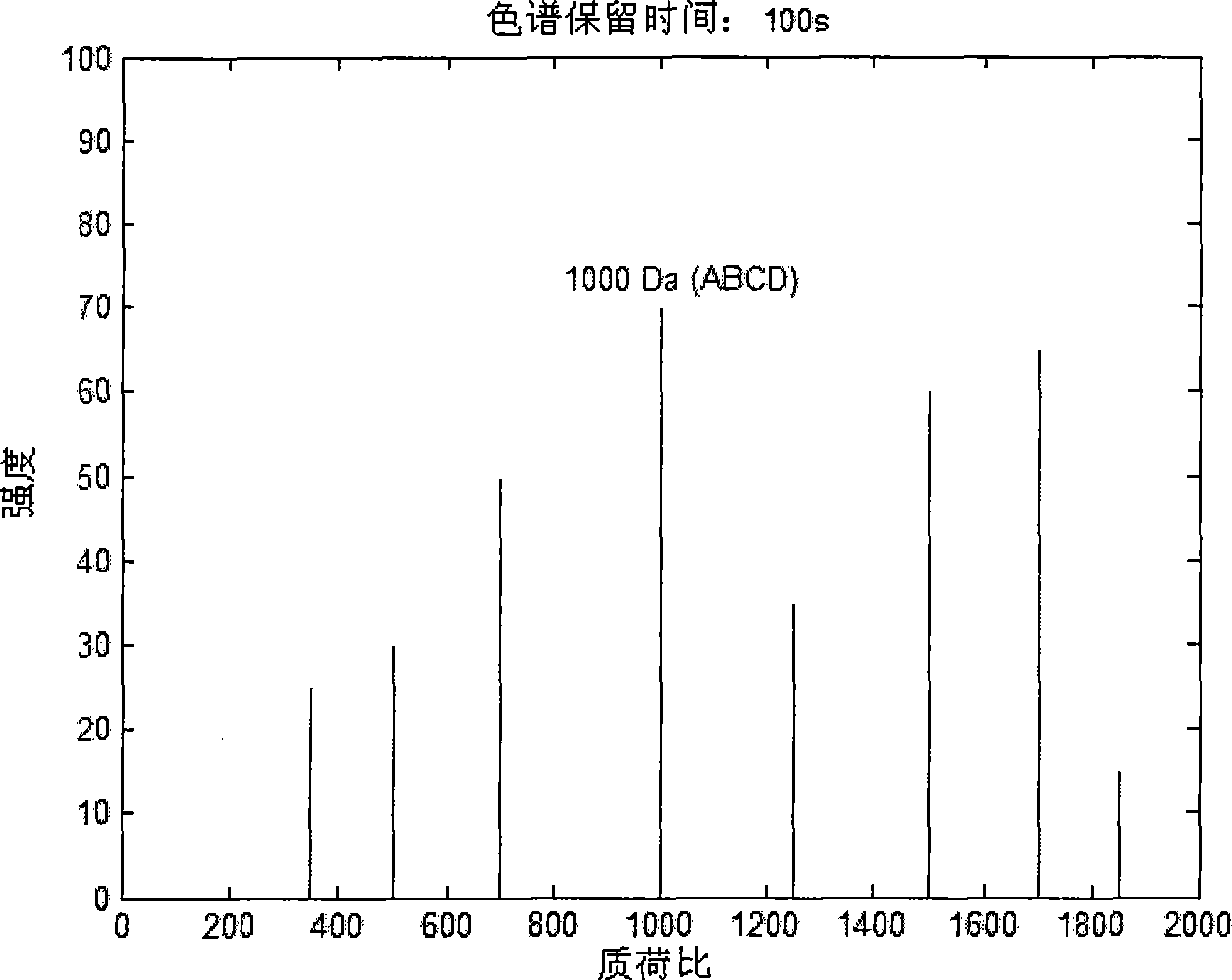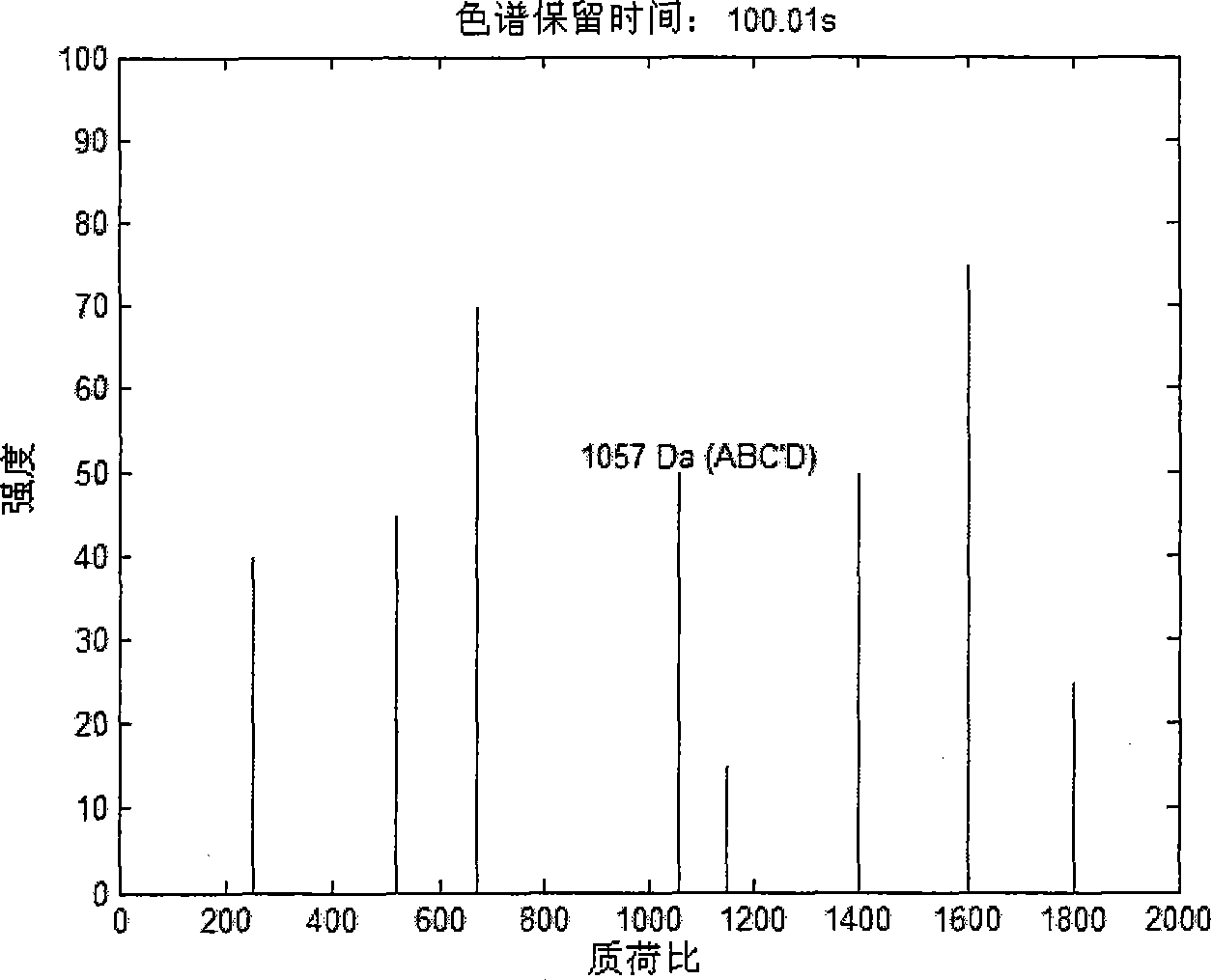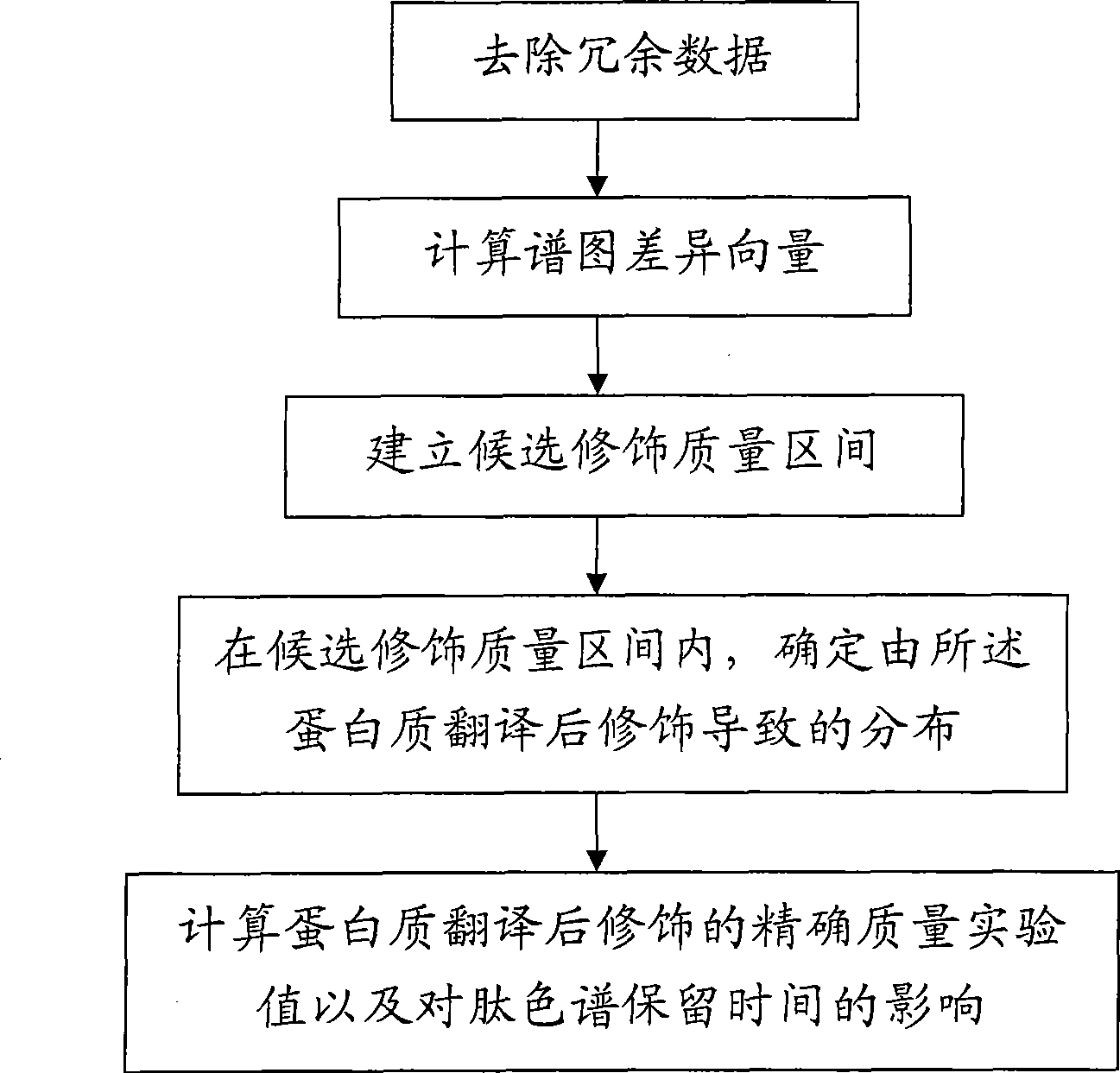Discovery method for protein post-translational modification
A technology of post-translational modification and method discovery, which is applied in material separation, material inspection products, instruments, etc., and can solve problems such as high computational complexity and high accuracy
- Summary
- Abstract
- Description
- Claims
- Application Information
AI Technical Summary
Problems solved by technology
Method used
Image
Examples
Embodiment Construction
[0068] The present invention will be further described below in conjunction with the accompanying drawings and specific embodiments.
[0069] Assuming that there is a protein sample, the protein sample is first enzymatically hydrolyzed by existing biochemical techniques to form a peptide mixture, and then separated by liquid chromatography (peptides with different physical and chemical properties have different chromatographic retention times), and then separated by mass spectrometry. The peptide mixture is separated according to the mass-to-charge ratio (mass-to-charge ratio for short), and the separated peptides are broken into fragment ions and detected to form a peptide fragment ion spectrum. The above operation process makes the experimental tandem mass spectrum generated by liquid chromatography-mass spectrometry have three kinds of information of peptide chromatographic retention time, peptide mass, and fragment ion spectrum. It should be noted that for high-precision m...
PUM
 Login to View More
Login to View More Abstract
Description
Claims
Application Information
 Login to View More
Login to View More - R&D
- Intellectual Property
- Life Sciences
- Materials
- Tech Scout
- Unparalleled Data Quality
- Higher Quality Content
- 60% Fewer Hallucinations
Browse by: Latest US Patents, China's latest patents, Technical Efficacy Thesaurus, Application Domain, Technology Topic, Popular Technical Reports.
© 2025 PatSnap. All rights reserved.Legal|Privacy policy|Modern Slavery Act Transparency Statement|Sitemap|About US| Contact US: help@patsnap.com



